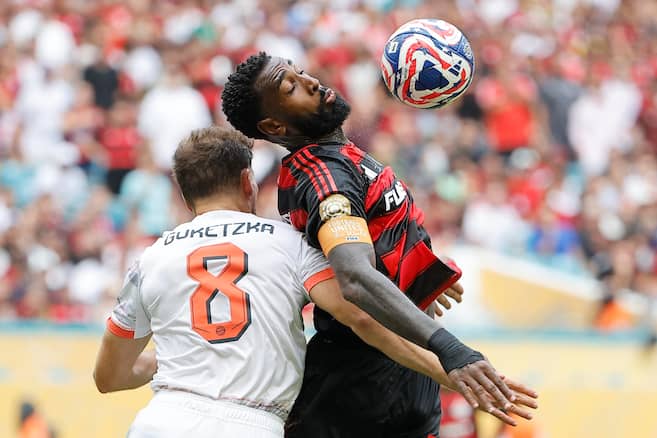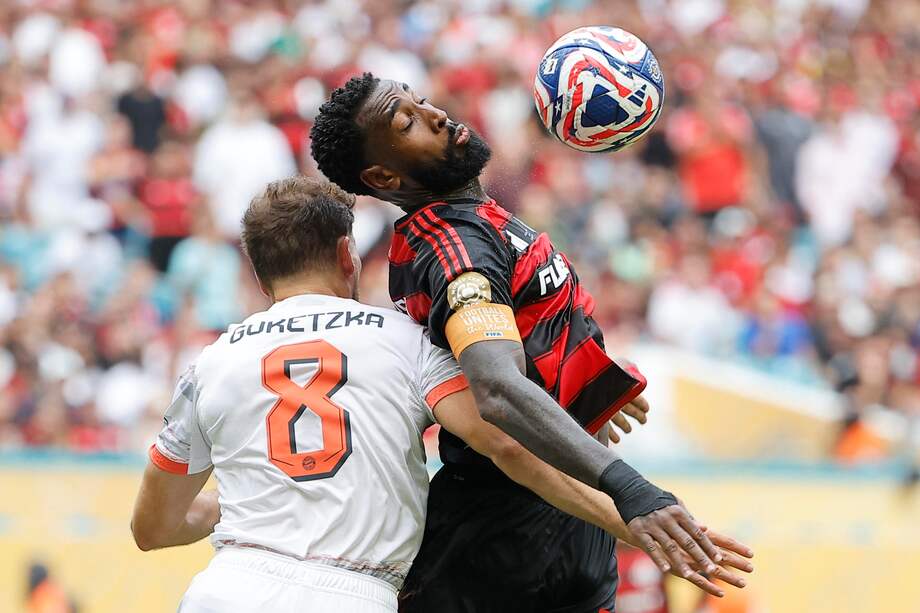

Flamengo and Bayern Munich.
Photo: EFE – Juan Ignacio Roncoroni
Summary and Fast Informame
Listen to this article
Audio generated with Google
The new Club World Cup format already left its first lessons. The most obvious: the distance between European and South American teams is not only maintained, but expands. It is not about romanticisms or “with claw you can.” It is a structural issue. The powers of the old continent have longer templates, elite physical trainers, impossible budgets and a very high level of competition.
Now, you have to do a caveat: Brazilian clubs Fluminense, Flamengo, Palmeiras and Botafogo are not representatives of traditional South American football. In any case, they are a kind of hybrid: South Americans with European budget. For something the four classified the eighths. Their templates are full of figures, their coaches charge as in Europe and, above all, their institutions have administrative order and structure. The rest of South America – with pain must be said – competes from far back, and it shows on the court.
Regarding stadium assistance, the balance is decent, without being apotheosic. The American public has responded better than some expected, but it is also clear that overflowing passion is not theirs. They van, applaud, are amazed with a gambeta or a goal, but do not live the game like in Buenos Aires, River or Istanbul. They like the show. They like the event. And if there are stars, better. Who wins? That is secondary. In part, also because many do not have an emotional bond with clubs.
And here comes the most important thing: this tournament is, deep down, a general essay for the 2026 World Cup. And until now, the United States meets. Logistics, impeccable. Access to stadiums, without major trouble. The technology, at the point. The media coverage, at the height. All ordered, all controlled, all working. If football were only organization, we would already have champion.
But football is also soul, tension, chaos, tribune, identity. And that's where the United States still has to learn. They are trying, and little by little they achieve it: there are academies, there are investment, there are youth leagues, and the MLS already exports players. But it is not the same. Not yet.
The Club World Cup is not perfect, much less popular, but it can be a valuable tool to level. If FIFA makes European clubs take it seriously, if the South Americans reorganize and if the countries that understand that this is not just selling tickets, we could be in front of an interesting platform.
For now, the difference between them remains abysmal. But that nobody is fooled: that difference is not on the feet, but in the desks.
🚴🏻⚽🏀 The latest in sports?: Everything you should know about world sport is in the spectator





